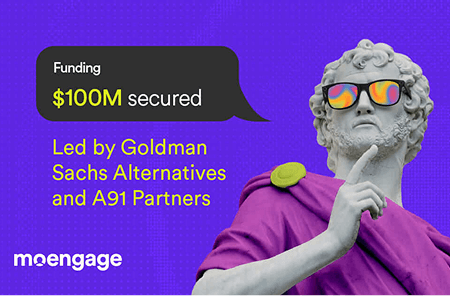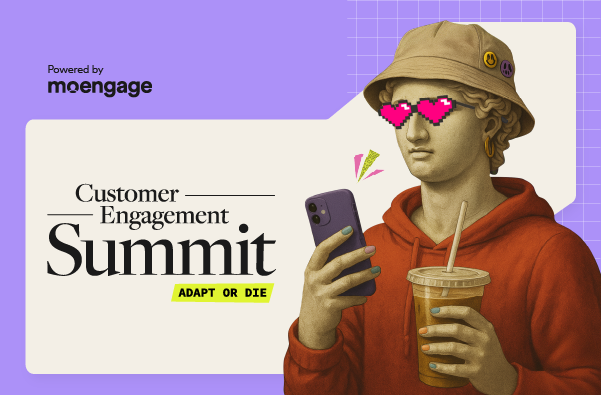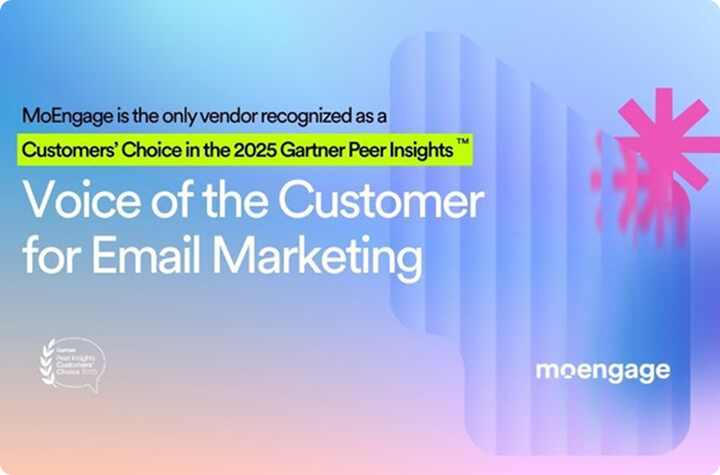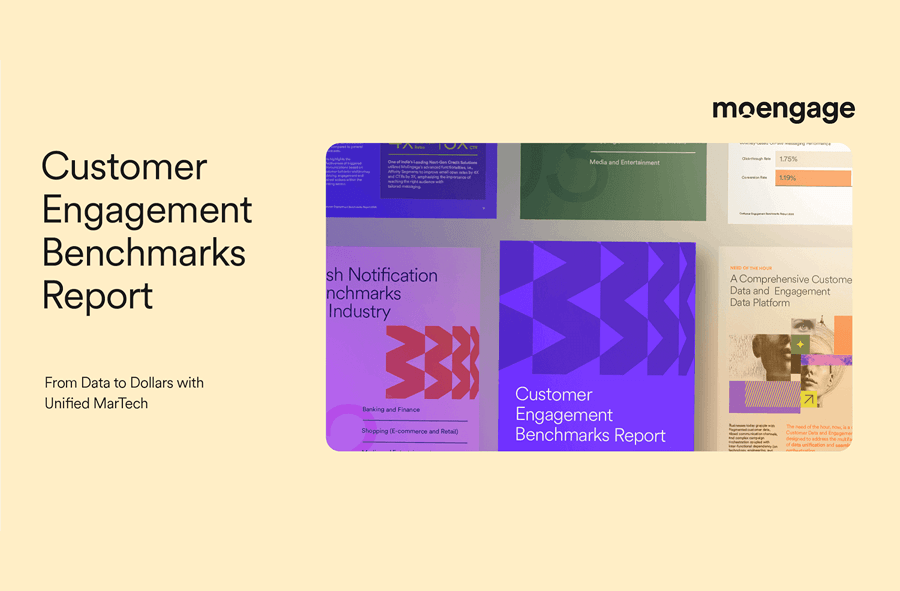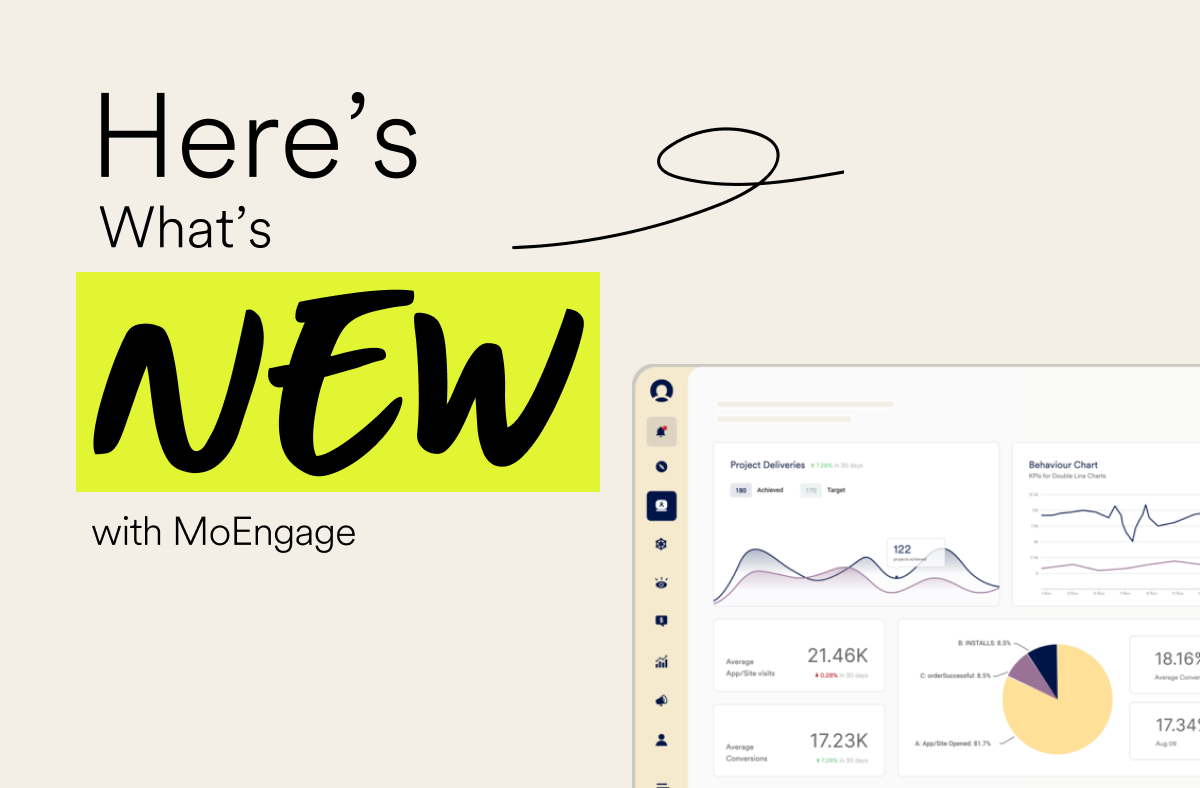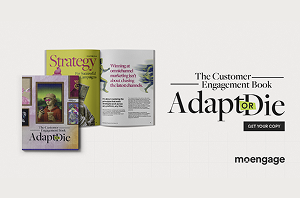[Infographic] Emoji Engagement in Push Notifications: The Do’s and Dont’s 😍
![[Infographic] Emoji Engagement in Push Notifications: The Do’s and Dont’s 😍](https://www.moengage.com/wp-content/uploads/emojis-in-push-notifications.png)
Reading Time: 4 minutes
| Get the Push Delivery Framework – Learn to Boost User Engagement By Maximizing Push Notification Delivery Rates |
Take a look at your smartphone right now. See any emojis? Probably in a text from a friend, a coworker’s tweet, or a Facebook message. Emojis are now a common way to communicate. Emojis are so commonplace that we now have World Emoji Day with awards given to Best New Emoji, Most Anticipated Emoji, and Emoji of the Year.
But it didn’t take long for emojis to migrate from use in our communications to use by marketers. Many marketers now use emojis to grow push notifications engagement.
If you’re one of those marketers who would like to know more about increasing your engagement with your audience by using emojis in your push notifications, read on for some reasons to do so, and best practices to follow.
Emojis Get Results
Marketers use emojis in several ways, including email subject lines, push notifications, social media marketing, and even customer service chats. Although emojis aren’t for everyone and every brand, marketers are using emojis because they are getting results:
- Hubspot says Tweets with emojis get 25.4% more engagement, and Facebook posts with emojis get 57% more likes and 33% more shares.
- Using emojis in email subject lines can lead to a 56% higher open rate.
- One study found push notifications with emojis saw an 85% increase in open rates and a 9% increase in conversions.
Should You Use Emojis in Your Push Notifications?
If you haven’t yet used emojis to grow push notifications engagement, here are five reasons why emojis work—and might work for you:
- Emojis personalize marketing in a unique way. We as consumers associate emojis with more intimate messages, meaning those we get from friends and family. So psychologically, we might view marketing communications in that same way.
- Emojis are familiar. Consumers are used to seeing and using them because emojis have become a regular part of our communications and everyday life.
- Emojis can emphasize your brand. From Dominos letting customers use a pizza slice 🍕 emoji to place an order to Baskin and Robbins using ice cream cone 🍦 emojis in their tweets to Dove developing curly-haired emojis to Twentieth Century Fox cleverly promoting a Deadpool movie with emojis on billboards, emojis can tie into and emphasize a brand.
- Emojis can train your audience to have an immediate reaction by using certain emojis, so when a consumer sees a particular emoji, it becomes a shortcut to a bigger idea. Going back to the pizza slice example above, consumers can be conditioned to start thinking about Dominos when they see that emoji.
- Finally, because they are images, emojis can communicate faster than words.
The Do’s and Don’ts of Emojis in Push Notifications
If you can see the potential of these petite pictures and you’re ready to start using them, below are do’s and don’ts for using emojis to grow push notifications engagement.
- Do use the right emoji for your audience. According to Emojipedia.org, there are 2,823 emojis in the Unicode Standard. Not all of those emojis will fit your audience well, so choose carefully.
- Do use emojis with a purpose. Try not to randomly sprinkle emojis into your push notifications so that they’re there. Be strategic with your emoji use.
- Do use them sparingly. Admittedly some big brands can get away with using a lot of emojis at once, but you’re better off using only a few well-chosen emojis—at least to start.
- Do understand the cultural context of emojis. For example, clapping hands has a different meaning in the U.S. compared to China. And they don’t always come across as intended: Even a simple smiling face emoji can render differently depending on the device and app, with some versions looking more like a grimace and leading to miscommunication.
- Do segment if you find part of your audience responds better to emojis in push notifications.
- Do test, test, and test. Make sure you’re using emojis to grow push notifications engagement, not just to be hip or trendy.
On the other hand…
- Don’t use emojis just because everyone else is. Do some testing. Make sure using emojis increases your engagement rate.
- Don’t use emojis if they’re not appropriate. Emojis might not be a good fit for B2B marketing, such as a funeral home or other serious B2C business.
- Don’t use emojis right away with someone new to your brand. Because they are more personal and intimate, they are best used with a consumer who already knows your brand.
- Don’t assume your meaning is clear. Use words to clarify when necessary.

MoEngage Push Notifications Can Help You Make the Most of Emojis
And what if you’re convinced emojis will help your engagement, but you’re not using a push notification vendor yet? Take a look at MoEngage. MoEngage can help you use push notifications while targeting audiences with powerful segmentation. A WYSIWYG editor does writing and setting up your push notifications easy. Proprietary technology improves push delivery to Android devices. MoEngage’s machine learning can automatically optimize your delivery time, and analytics give you insight into what’s working and what’s not. Finally, MoEngage Sherpa enables you to use Artificial Intelligence to further personalize recommendations to consumers, to increase engagement and revenue.
So if you’re 🤔 about using emojis to 📈 your 💍, then 👍🏿. Keep in mind these do’s and don’ts to make sure you’re generating the results you want with your push notifications on your customers’ 📱.
Want to know how brands like Bigbasket, Travelodge, and Oyo Rooms use MoEngage Push Amplification to improve push notification delivery rates? Learn more about push amplification here.

